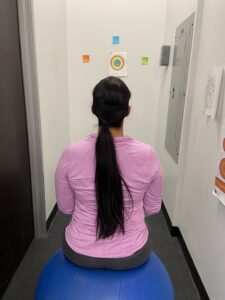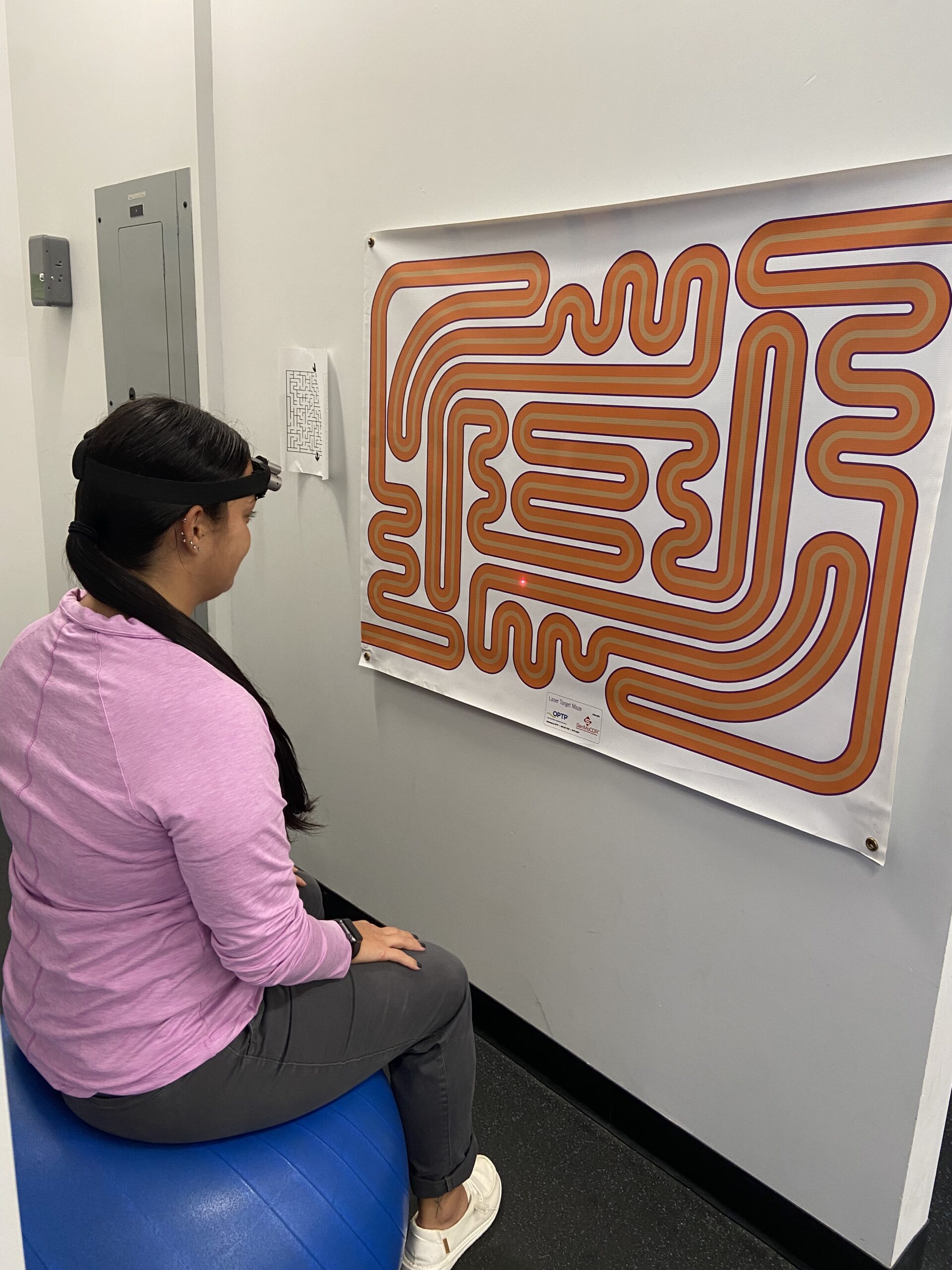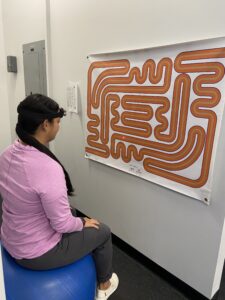What is Vestibular Therapy?
People often don’t realize how large the scope of physical therapy practice can be. There are many different domains including orthopedics, geriatrics, cardiopulmonary, pediatrics and more. One unique niche of physical therapy is vestibular rehabilitation. What is vestibular therapy exactly? It’s an exercise-based treatment program that works to improve your sense of balance, decrease symptoms of dizziness or unsteadiness and ultimately reduce your risk of falling.
Who Needs Vestibular Therapy?
Individuals are often referred for vestibular therapy when suffering from symptoms of vestibular-related origin. These symptoms include dizziness, nausea, headaches, vision issues, loss of balance, vertigo, unsteadiness on your feet, ringing in your ears and more. These presentations are often indicative of certain medical conditions in which the system responsible for your sense of balance—the vestibular system—is compromised in some way.
 What Does Vestibular Therapy Entail Exactly?
What Does Vestibular Therapy Entail Exactly?
Vestibular rehabilitation involves a holistic approach to improving an individual’s sense of balance as well as treating any symptoms they may present with.
The three treatment principles of vestibular rehabilitation include habituation, adaption and substitution.
- Habituation occurs when someone is repeatedly exposed to the stimulus that provokes their symptoms. The logic behind it is essentially that the more you are exposed to this stimulus, the easier it is for your body to build up a tolerance to it; therefore, affecting you less.
- Adaptation is the idea that the brain will eventually learn to compensate for any deficits or issues an individual has in relation to their vestibular system. In other words, if your vestibular system is not working properly, your brain will be able to create alternate ways of completing the needed tasks. Like any new learning process, achieving adaptation takes time and practice.
- Substitution occurs when an individual has completely lost a component of their vestibular function and is required to use alternative strategies as a result. A common example of this is when an individual has difficulty keeping their gaze stabilized while turning their head. If the individual is unable to do this, their visual system will recruit alternative methods to help with the gaze stabilization task.
So, What Does Vestibular Therapy Look Like?
 Vestibular rehabilitation, like all domains of physical therapy, involves treating an individual’s impairments. The issues that are identified during a patient’s initial evaluation are turned into goals, and made to be the target of this individual’s Plan of Care, or course of rehabilitation. Every patient’s Plan of Care is specifically tailored to their personal needs. If somebody is struggling with balance and suffers from falling, then balance retraining exercises are utilized to improve their strength, control of posture and function overall. Other examples of vestibular physical therapy interventions include eye movement control, stretching and strengthening, hands-on maneuvers and more.
Vestibular rehabilitation, like all domains of physical therapy, involves treating an individual’s impairments. The issues that are identified during a patient’s initial evaluation are turned into goals, and made to be the target of this individual’s Plan of Care, or course of rehabilitation. Every patient’s Plan of Care is specifically tailored to their personal needs. If somebody is struggling with balance and suffers from falling, then balance retraining exercises are utilized to improve their strength, control of posture and function overall. Other examples of vestibular physical therapy interventions include eye movement control, stretching and strengthening, hands-on maneuvers and more.
What are Some Common Vestibular Disorders?
The most common vestibular disorder is Benign Paroxysmal Positional Vertigo—also known as BPPV. BPPV is triggered by changes in head position that result in dizziness, nausea, the sensation of spinning, lightheadedness, rapid eye movements called nystagmus and loss of balance. The most common cause of BPPV is trauma to the head, such as falling, which results in physical components of the vestibular system being dislodged from their proper location. Click here to read more about BPPV
Other common vestibular disorders include labyrinthitis, vestibular neuritis, vestibular Schwannoma, Meniere’s disease, semicircular canal dehiscence syndrome and more. If you have been formally diagnosed with any of these conditions, you should talk to your doctor about getting a referral for vestibular physical therapy.
Why Should I do Vestibular Therapy?
One common goal of all domains of physical therapy is to improve an individual’s function for a higher quality of life. Vestibular rehabilitation is no different. Patients who experience symptoms of dizziness and balance issues struggle tremendously to function normally and safely in their own homes and out in the community. Vestibular rehabilitation ultimately treats your symptoms, improves your balance, reduces your risk of falling, improves your ability to stabilize your gaze and builds functional strength, all for a higher quality of life. If you suffer from any of the symptoms or conditions listed above, come see us at Arizona Orthopedic Physical Therapy today! We have physical therapy locations in Buckeye, Goodyear, Glendale, Gilbert, and Prescott.


 What Does Vestibular Therapy Entail Exactly?
What Does Vestibular Therapy Entail Exactly? 




